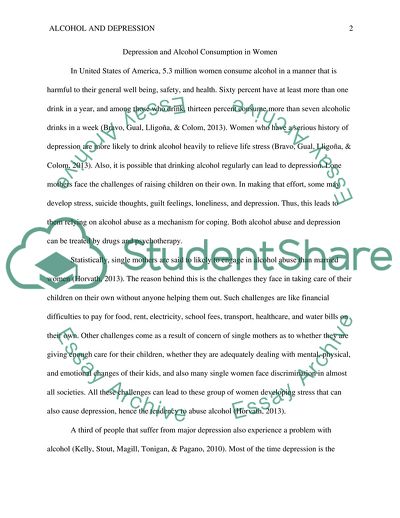Cite this document
(Depression and Alcohol Consumption in Women Essay Example | Topics and Well Written Essays - 2250 words, n.d.)
Depression and Alcohol Consumption in Women Essay Example | Topics and Well Written Essays - 2250 words. https://studentshare.org/sociology/1844505-special-population-reasearch-paper
Depression and Alcohol Consumption in Women Essay Example | Topics and Well Written Essays - 2250 words. https://studentshare.org/sociology/1844505-special-population-reasearch-paper
(Depression and Alcohol Consumption in Women Essay Example | Topics and Well Written Essays - 2250 Words)
Depression and Alcohol Consumption in Women Essay Example | Topics and Well Written Essays - 2250 Words. https://studentshare.org/sociology/1844505-special-population-reasearch-paper.
Depression and Alcohol Consumption in Women Essay Example | Topics and Well Written Essays - 2250 Words. https://studentshare.org/sociology/1844505-special-population-reasearch-paper.
“Depression and Alcohol Consumption in Women Essay Example | Topics and Well Written Essays - 2250 Words”. https://studentshare.org/sociology/1844505-special-population-reasearch-paper.


